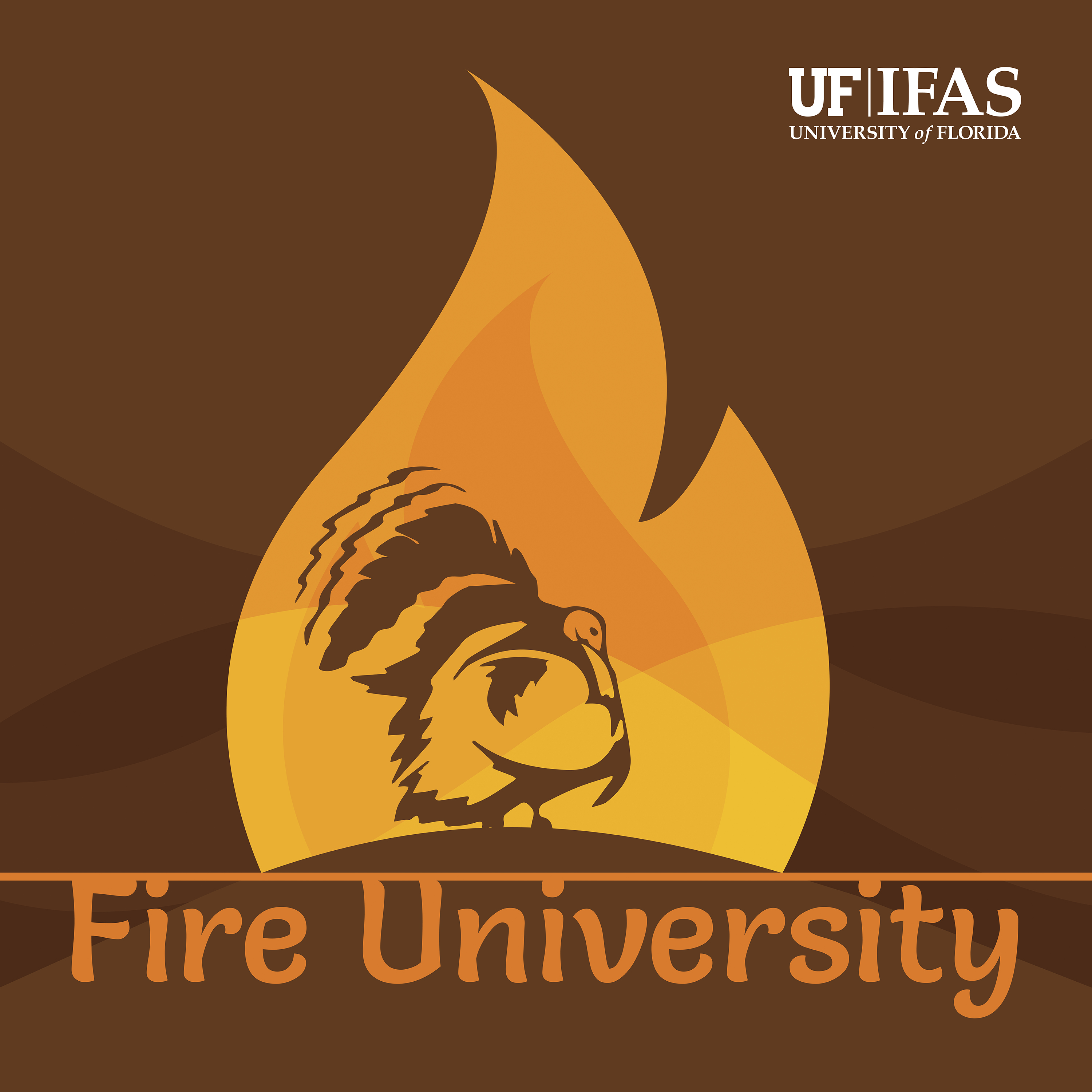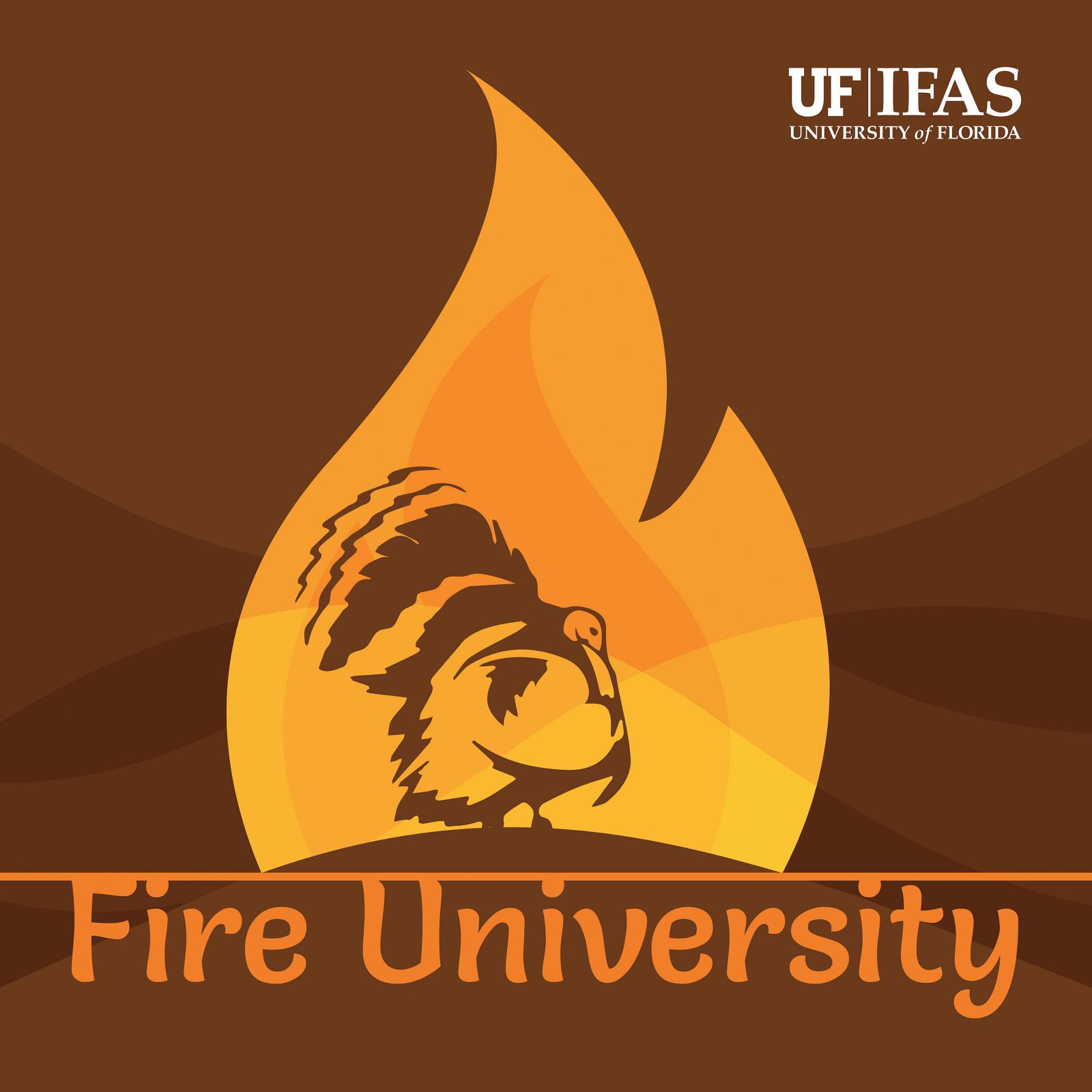
Description
Fire was playing an important role in upland hardwood ecosystems when the current mature oaks germinated a century ago. While those mature oaks are still common in the overstory, the next generation of oaks to replace them are not present across much of the central hardwoods and Appalachian regions. Instead, fire exclusion over the last several decades allowed mesophytic (moisture-retaining) species like sweetgum and red maple to get established and begin a transition to non-oak dominance in these forests. In this week’s episode of Fire University, Dr. Marcus Lashley sits down with Dr. Heather Alexander of Auburn University and Dr. Steve Brewer of the University of Mississippi to discuss the role of fire in ensuring oak forests continue to flourish into the next generation, how changes in fuels and flammability affect our ability to burn, and why the problem is more complex than just reintroducing fire.
Check out our YouTube video showing why the encroachment of non-oak species affects our ability to burn: https://www.youtube.com/watch?v=8sYbisKFdsI&list=PL8g7qBaBGDaS5pGA90-R-LH6h2i__KfbM&index=3&ab_channel=UFDEERLab
UF DEER Lab Twitter: https://twitter.com/UFDEERLab
UF DEER Lab Facebook: https://www.facebook.com/ufdeerlab
UF DEER Lab Instagram: https://www.instagram.com/ufdeerlab/
Natural Resources University: https://naturalresourcesuniversity.libsyn.com/
